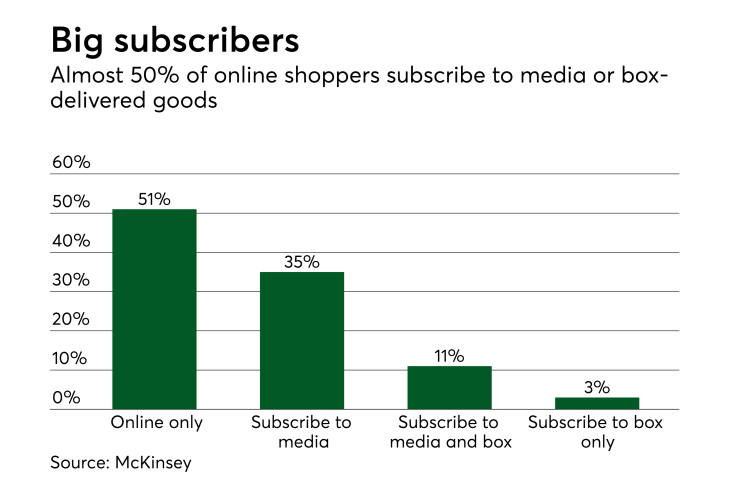Subscription payments are supposed to happen in the background with little or no effort. But what happens when another “automatic” and constantly changing product is tossed on top of the subscription?
Singapore-based software developer 2BrightSparks is finding out how hard that can be. It has changed the way it delivers upgrades to its data protection software. The 14-year old company traditionally sold software as perpetual license that customers paid for and used indefinitely. Any new version of software could be purchased separately with an upgrade fee.
But 2BrightSparks has added a new wrinkle called “Upgrade Assurance,” which sits on top of the perpetual license. This allows customers who purchase the software the chance to control the actual subscription, improving the user experience for upgrades or new software versions via automatic upgrades upon request.

The business case for this is obvious—it’s easier to sell upgrades as an incremental step up rather than a new product that has to be purchased, deployed and potentially paid for separately. But keeping records for payments becomes more complex since there’s now separate moving parts for the customer relationship. It’s the “Dollar Shave Club” model, only the razors and shaving cream get reinvented every so often.
“We find that this hybrid model of perpetual license and optional subscription offers the best of both worlds. Customers who do not want a subscription have the option to pay for upgrades instead, and those who prefer subscriptions will get them,” said Conrad Chung, customer service and support specialist for 2BrightSparks, noting that with Upgrade Assurance, customers are incentivized to subscribe. “In the past we saw some customers who purchase the license once and chose not to upgrade on the next major version release, hence losing potential sales. A subscription option usually means the customer will stay with us far longer.”
This complicated product and service mix poses several payment challenges, however, particularly with maintaining records and payment methods for subscribers, which are a mix of consumer, institutional, enterprise and government clients.
“One issue is with subscription renewals,” Chung said. “Very often, the payment method used to pay for the subscription is changed by the end of the following year, for example due to loss or replacement of a card. This results in many cases where subscribers are required to log into their account and manually update their payment method.”
The company has been seeing an issue with some customers having problems renewing their subscriptions, causing those renewals to fail, Chung said. “This information has been passed back to FastSpring (2BrightSparks’ payment technology company), who are trying to expedite a fix for it,” he said.
FastSpring handles the payment, taxation processing and hosting of 2BrightSparks’ webstore. In addition, FastSpring provides the tools to handle subscriptions, different products and coupons as and when required, as well as templates for email order receipts and webhooks for database tracking.
As the customer demographics shift, there are other challenges, Chung said. “The millennial customers tend to be more demanding. They see items they like online and then purchase it immediately and want to use the product they purchased right away,” Chung said.
The Santa Barbara, Calif.-based FastSpring tries to manage these complexities by adding a broad set of functions to the subscription payment product. In addition to taxes, it has added tools to manage cross-selling and marketing programs that are tied to subscriptions. A recent integration with
“Many of these services ask the customer to provide payment card details during sign up,” said Zil Bareisis, a senior analyst at Celent. “One of the key challenges for those companies is when the card expires and the customer forgets to update its details. EMVCo card-on-file tokenization could help address that issue, as the token wouldn’t have to change even as the underlying card details get updated.”





